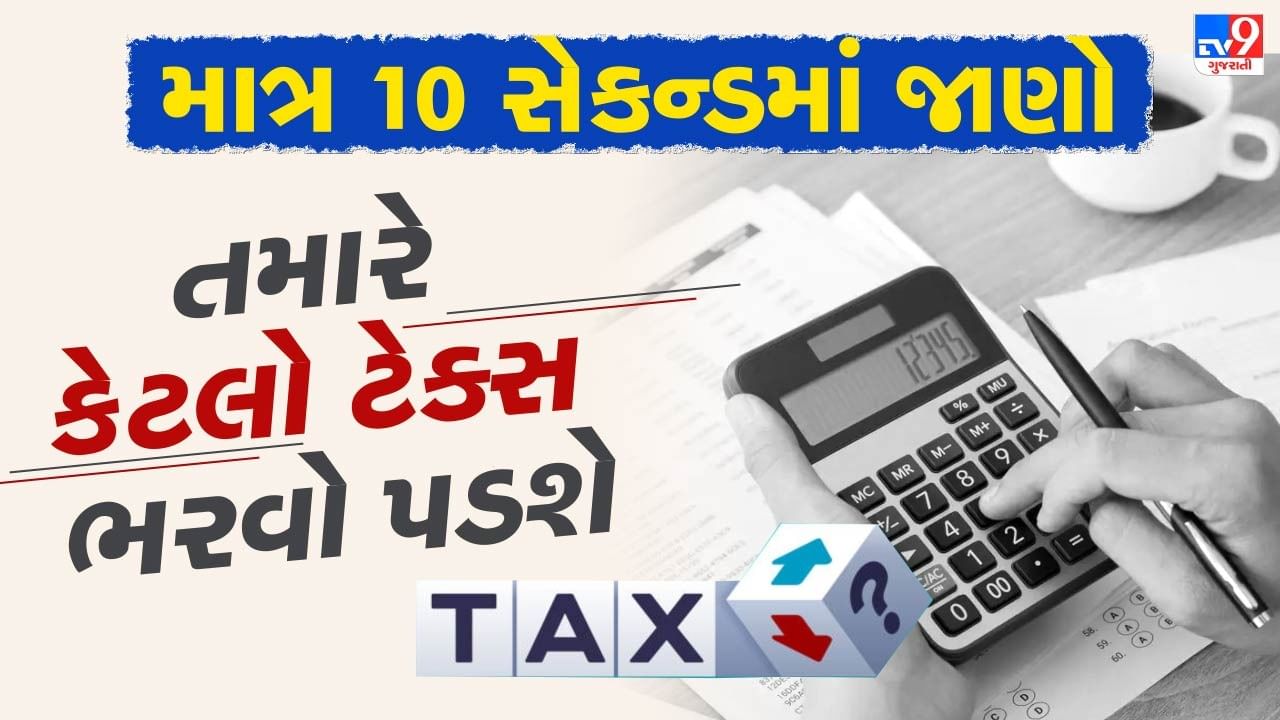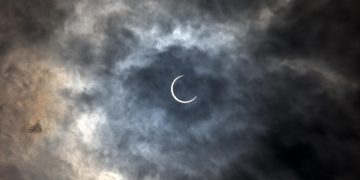
Giving great relief to the middle class, Finance Minister Nirmala Sitharaman announced that there would be no tax on income of Rs 12 lakh. That is, if your income is Rs 12 lakh then you have to pay 0 tax. Not only that, a standard deduction of Rs 75,000 will also apply. Then there will be 0 tax liability on an annual income of Rs 12 lakh 75000.
IncomeTax Calculator Tools: Learn how much you have to pay in just 10 seconds
If your salary is Rs 13 lakh, the tax liability under the new Tax Slab 2025 will be Rs 66000, but there is also a twist. In fact, under marginal relief or marginal benefits rule, you have to pay only Rs 25000 income tax instead of Rs 66000. Let's understand why only 25,000 rupees and how to pay tax.
Now let's know how?
New Tax Slab (2025)
| Income range | Tax rate |
|---|---|
| ₹ 0 – ₹ 4 lakh | 0% |
| ₹ 4 – ₹ 8 lakh | 5% |
| ₹ 8 – ₹ 12 lakh | 10% |
| ₹ 12 – ₹ 16 lakh | 15% |
| ₹ 16 – ₹ 20 lakh | 20% |
| ₹ 20 – ₹ 24 lakh | 25% |
| ₹ 24 Lakh and Above | 30% |
Now, first of all, if we have to pay Rs. Out of Rs 13 lakh, standard deduction of Rs. If we subtract 75,000, the income tax amount is Rs. 12.25 lakhs are left. Let's then calculate the tax in accordance with the proposed new tax slab-2025.
After deducting standard deductions…
1300000- 75000 = Rs. 12,25000
| Income range | Tax rate | Tax amount |
|---|---|---|
| ₹ 0 – ₹ 4 lakh | 0% | ₹ 0 |
| ₹ 4 – ₹ 8 lakh | 5% | ₹ 20,000 |
| ₹ 8 – ₹ 12 lakh | 10% | ₹ 40,000 |
| ₹ 12 – ₹ 16 lakh | 15% | ₹ 3,750 |
(Note: In the slab of Rs 12 to 16 lakh, the income of the earning of Rs 13 lakh is only Rs 25,000, with 15 % income tax applicable. There is a separate 4 % cess, thus the total income tax is Rs.
Now let's talk about the new tax system implemented in the year 2024-25.
| Income range | Tax rate |
|---|---|
| ₹ 0 – ₹ 3 lakh | 0% |
| ₹ 3 – ₹ 7 lakh | 5% |
| ₹ 7 – ₹ 10 lakh | 10% |
| ₹ 10 – ₹ 12 lakh | 15% |
| ₹ 12 – ₹ 15 lakh | 20% |
Now if we calculate the tax on income of Rs 13 lakh, the total income tax is Rs 88,400. Learn how? You will also get the benefit of standard deduction of Rs 75,000. After which the taxable income will be Rs 12.25 lakh.
| Income range | Tax rate | Tax amount |
|---|---|---|
| ₹ 0 – ₹ 3 lakh | 0% | ₹ 0 |
| ₹ 3 – ₹ 7 lakh | 5% | ₹ 20,000 |
| ₹ 7 – ₹ 10 lakh | 10% | ₹ 30,000 |
| ₹ 10 – ₹ 12 lakh | 15% | ₹ 30,000 |
| ₹ 12 – ₹ 15 lakh | 20% | ₹ 50,000 |
According to this, income tax is Rs 85,000, with 4 % cess after adding total income tax to Rs 88,400. This means that the change in slabs of the new tax regimen will save Rs 19000 in income tax for those who earn Rs 13 lakh.
Well, it is a tax mathematics that how much tax liability will be imposed on income of 13 lakhs and how much tax will be saved now, but there is a rule under which you will not even need to pay such tax. Annual income of 13 lakhs. This means that after the new changes, you will not have to pay Rs 66,000 tax on income of Rs 13 lakh, this responsibility will not exceed Rs 25,000. Because the rule of marginal relief will apply to it.
What is marginal relief, how does it work?
The government introduced a marginal release giving huge relief to taxpayers. This is a rule under which if your taxable income is low and the total tax under the tax slab is higher, then the two will have to pay the same tax as it is. Now let's understand it by an example, which will make it easier for you to understand.
Suppose the salary of a person named Vikas is Rs. 13 lakhs, if based on the above calculation, after the new changes, its total tax liability is Rs. 66000 becomes, but Rs. After a discount of 12.75 lakh, its tax revenue is Rs. 12 lakhs. 16 lakh tax slab if only Rs. 25000 comes under this. Paying a tax of 66,000 will be a loss deal for development. To provide relief from the same matter, the government has introduced a marginal relief rule, after which development will now have to pay a tax of only Rs 25,000 instead of Rs 66000.
But if Rs. Instead of 25 thousand it is Rs. 1 lakh and taxable income is Rs. 80 thousand or Rs. If less than 1 lakh, development will only cost Rs. 80 thousand or Rs. Taxes have to be paid only on less than 1 lakh.
. Source




























